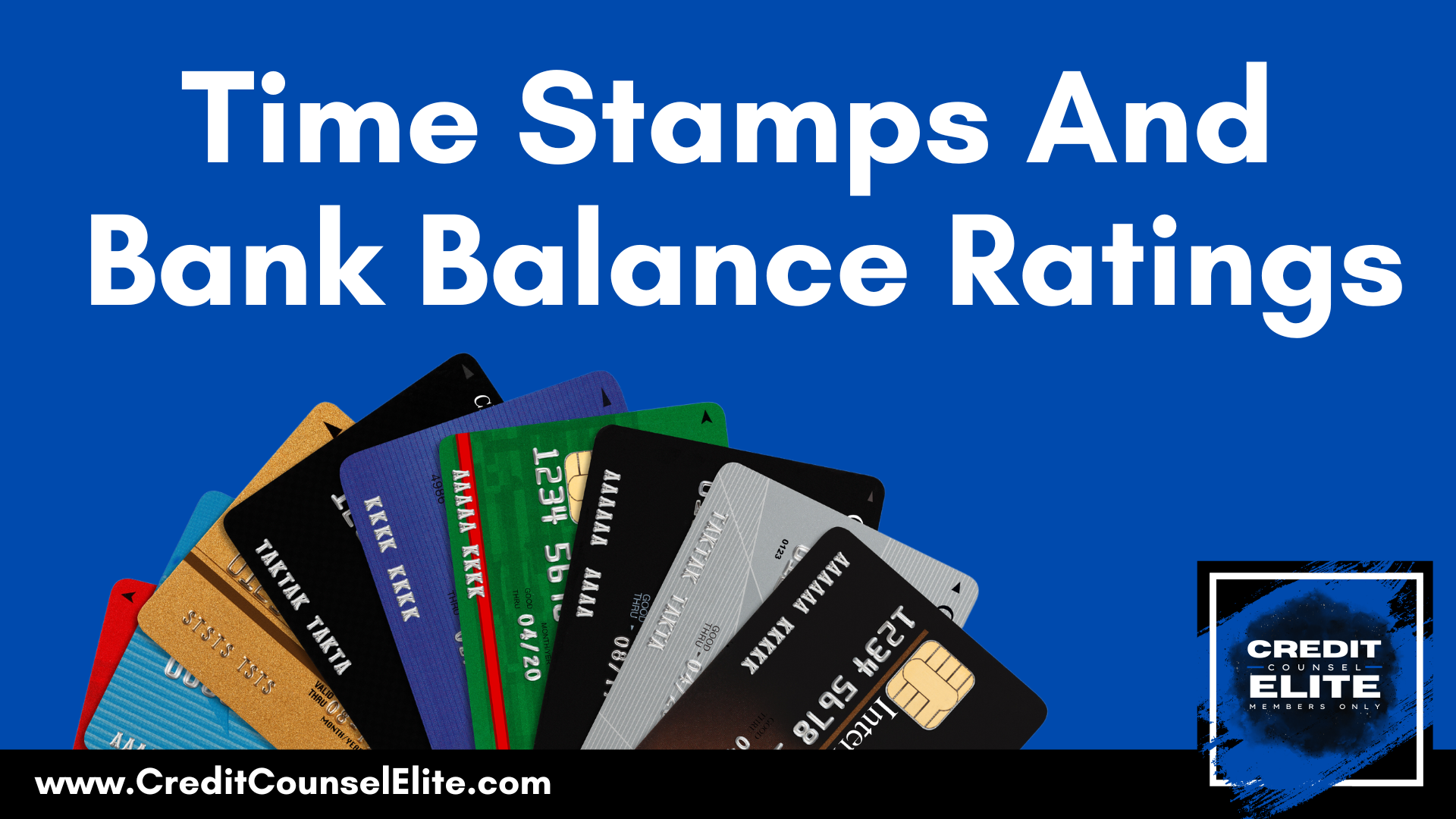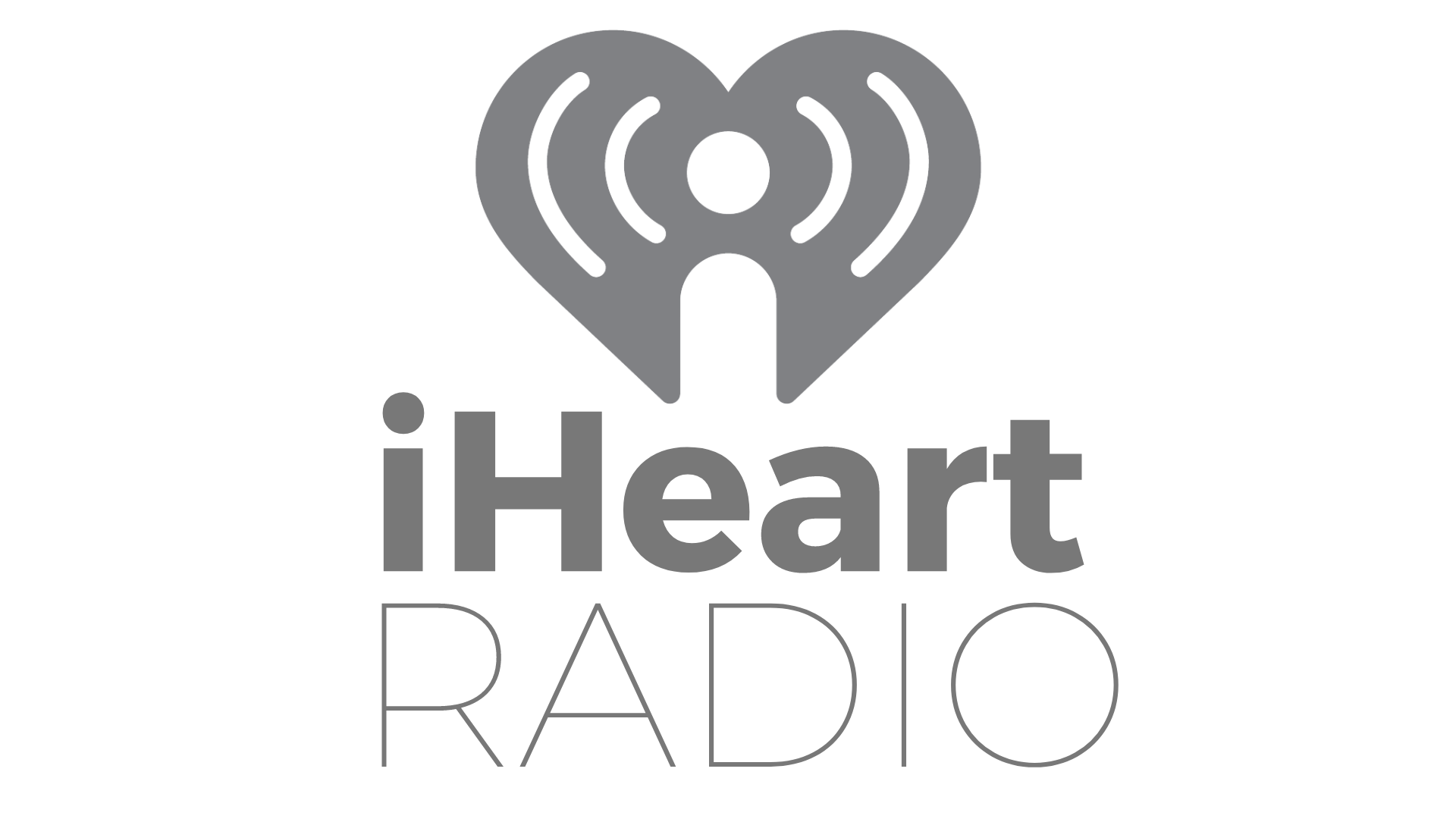BLOG

Time Stamps and Bank Balance Ratings
Time Stamps and Bank Balance Ratings
With today’s article, I am going to answer a few common questions that I receive regularly. The first of these questions is, “How many bank accounts should I have?” and the second is, “Is one bank account for my business ok?”
To answer these questions, I am going to go over a concept known as timestamping. And once you understand timestamping, you will understand the answers to these crucial questions.
The short answer to them is that you will want to open as many accounts as possible. In the future, this will do you very well to build your credit profile and relationships with as many banks as possible.
Another question I will be addressing is how much money you will want to keep in these business bank accounts.
What is Timestamping?
Timestamping is the act of setting up a bank account and starting with at least a hundred dollars in there. Depending on the bank, you will want to increase this amount so that you have the minimum possible so that you are not paying fees on the account; you don’t want to get charged that fee month after month because it eats away at everything we are doing and building towards, but at minimum, something to keep the account active.
When a bank is looking at you, they are looking at the relationship that they have with you. The first data point they have is, how long have they known you? The sooner you can get a bank account set up, and the more you can grow your relationship, the better you will appear for receiving low-risk credit approvals. Even a local branch sees thousands of clients, so you want to be able to stand out by remembering each person in the branch and what's important to them so you can become memorable to each employee.
The longer you have been a member of that credit union or bank, the better. Even if you just opened the account and put $100 in ten years ago, the time stamp says that you have been a client for ten years. All you have to do to build your profile from there is to start to use that account heavily so that your profile seems even better when you go for certain loans and cards or new programs they might be offering. Doing this for 3 to 6 months prior to applying is the best way to build your profile with that bank relationship in mind.
If you begin to have heavy use, through this natural use, you will eventually see offers being made to you directly instead of having to go to them for the offers. Funding three to six months prior is the key. This method allows you to take advantage of the different products and services they are offering. This helps personal credit but is especially important for building business credit as well.
I suggest you start by googling all of the banks that are in your area. This will provide you with a list that you can begin to build from 1 bank per week at a time. You can also look at the following site to find the current bank bonuses that are going on:
https://bankbonus.com/promotions/
This site provides the current bonuses for the largest banks in America, and you can look at the individual institution’s sites for your local offers too. Choose the banks that have the best bonuses but make sure you can afford to fulfill them before signing up. Getting a $400 bonus after six months is not a great return if you have to deposit $15,000 that could have been used in other places.
You can potentially Manufacture Spend to build up the needed cash to put into such an account and gain the bonus, getting a better return on the money than the 0% interest you are paying on the accounts that have the MS going on.
You just need to make sure you know what you are doing and keep on top of everything by being organized. The goal is to build a relationship, not destroy one. The added benefit is that they will be likely to provide you with more offers once they see that you took advantage of the first one.
Pro Tip- If you are opening up new accounts, don’t open more than one every week. I also suggest you alternate between one large bank and one small bank. I have a client that was prevented from opening a Capital One account because of opening too many accounts in a short period because the bank was concerned of the recent activity.
Look for Some No-Fee Accounts
In your mix of accounts, you want to include some no-fee accounts. These are accounts that only require $100 or less to set up and will not charge you fees for these new accounts. These are great accounts that you can set and forget. Unless you are trying to build a relationship quickly, you want to stay away from banks that are charging a monthly fee if you can’t find a convenient way to get the fees waived.
Pro-Tip- Go into the branch and see if you can get a fee waived one way or another. Even if it is just for three months or a year, this will allow you the time to get to a position where you can fund the account more when the no-fee period expires, and you still get that earlier timestamp. Also if you need to build a bank relationship fast fund it heavily with 10-100k or more that will help go a long way along with everything else we teach at Credit Counsel Elite.
Moving Money Around
To get use in the accounts, you can move money between them on a regular basis. Take out some cash and deposit it into the other account. $20 a week will at least show some movement but of course the more the better it looks, and this is an indicator that you have transactions going on.
If you have direct deposits coming in, then you can change which bank is receiving that direct deposit. Direct deposit is an essential metric for banks. even if you split the direct deposit to multiple banks this can help you look better and get you bonuses.
Six Levels of Internal Bank Balance Ratings
When you are looking at products and services, there is a rating that the banks will use for you with regard to your deposit amounts and balances.
Low Four ($1,000-$3,999)
Mid Four ($4,000-6,999)
High Four ($7,000-9,999)
Low Five ($10K-39K)
Mid Five ($40-69K)
High Five ($70K plus) beyond this, you are in a personal manager category
You want to get to the low five to be successful, and this level will help banks determine in part what your credit line will be.
For more information to learn why hundreds of students are staying Credit Counsel Elite brings the best financial credit education the banks don’t want you to know so you can learn to flip the script on the banks and get as much funding as you desire.








© Credit Counsel Elite - All Rights Reserved
Terms & Conditions | Privacy Policy | Earnings Disclaimer | Advertiser Disclosure